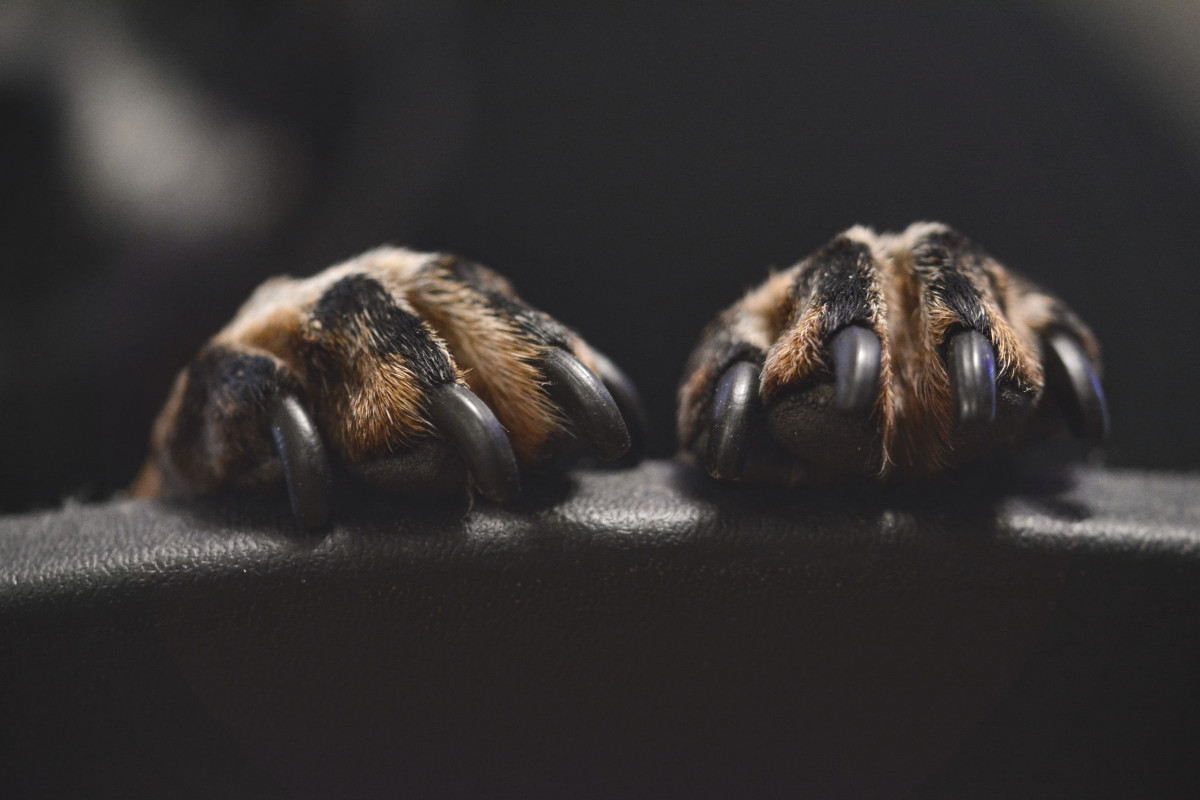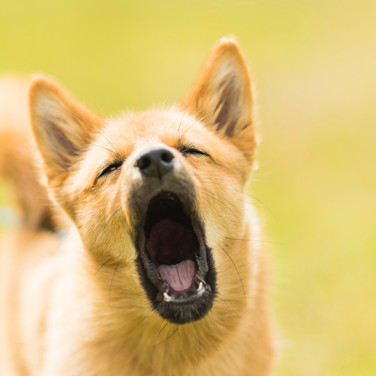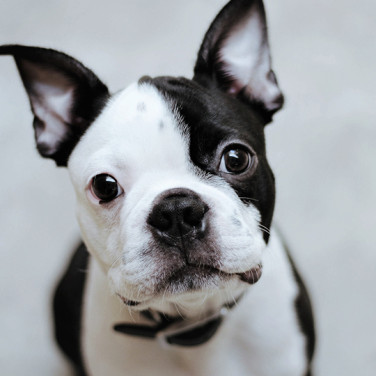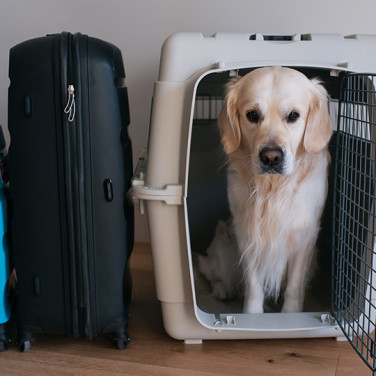ARTICLE
How to Properly Trim Your Dog's Nails
페이지 정보
본문
Believe it or not, proper nail trimming practice should begin at an early age. The earlier you can familiarize your dog to the nail trimming process, you and your dog will experience less stress in the long run. Regular nail trimmings helps prevent your dog experiencing torn nails and hangnails which are painful and uncomfortable to recover from. We will go over how to properly trim your dog's nails and some common questions associated with nail care.
Products you will need to trim your dog's nails:
- A nail trimmer can come in two different styles that are appropriate for dogs. One function like a pair of scissors and the other functions like a guillotine. Whichever one feels more comfortable to you should be the one you use.
- A styptic powder or corn starch can be used when an accident occurs while trimming your dog's nails. You may purchase styptic powder at any pet store or use corn starch in a pinch.
- An emery board is used to file down the rough edges of your dog's freshly trimmed nails.
- A flashlight is recommended for dogs with darker nails. As it gets harder to notice where the quick is in a dog's nail, shining a flashlight behind the nail can help reveal where the blood vein is located.
- Their favorite treats! Always praise and reward your dog while training them how to behave while getting their nails trimmed. You may also reward them before or after they patiently sit through a successful nail trimming as well!
As noted above, proper nail trimming practice should begin at an early age. As early as you can, begin massaging up and down each leg to their paw. Make sure that you gently press on each individual toe, so that your dog can get used to their paws and legs being handled. Do this once a day for about two weeks and your dog should be calmer when you add nail trimming as part of their grooming routine.
How to properly trim your dog's nails
- Check each individual paw and clear any dirt or debris you see.
- Following the natural curve of your dog's nail, you want to place the trimmer from a top to bottom angle, not side to side, and feed only a very small amount of your dog's nail between the trimmer.
- Trimming little by little, inspect the cut surface of your dog's nails and stop once you begin to see a faint circle. The reason is trimming small bits at a time is to ensure you do not break into the blood vein inside your dog's nails.
- If you accidentally cut into this blood vein, it may begin bleeding, in which case corn starch or styptic powder needs to be applied to the surface with a slight amount of pressure. You want to ensure that the powder binds with the wound. In the case of cutting into the blood vein, it is best to stop trimming entirely and wait another day to finish trimming.
- Once you have finished trimming, it is recommended to smooth out the rough surface with an emery board and repeat for the other paws.
Q. How often should I trim my dog's nails?
A good rule to follow is when you notice your dog's nails almost touching the ground while standing. If you begin to hear your dog's nail clacking or getting snagged on the floor, it is definitely time to trim their nails. This is one of the hazards to avoid as snagging can rip their nail creating a painful experience for your dog.
There is a difference in how frequent you should trim nails depending on your dog's lifestyle. Leisure, indoor dogs may required bi-weekly trimmings due to uninterrupted nail growth. While, outdoorsy, urban dogs who traverses on rougher grounds may only need monthly trimmings due to the natural grinding process of the outside.
The Buddydoc app has a diary and calendar feature that keeps you updated with your dogs' vaccination appointments and more.
With Buddydoc, we assure the healthiest and best life for your dog! ⋆*













